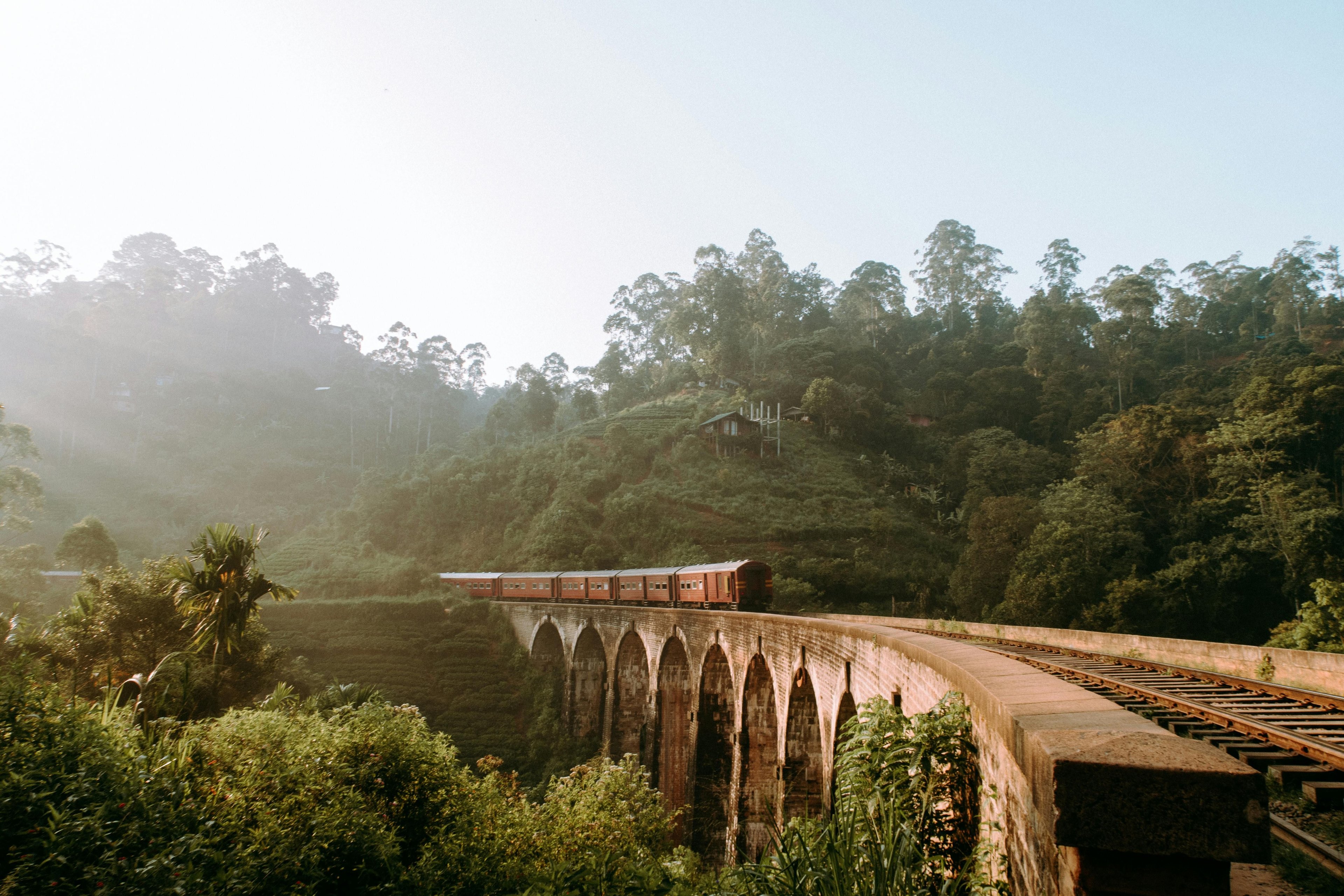
30/07/2025
Sri Lanka to waive visas for citizens of 40 countries
Copy link

The tallest building in the world is the Burj Khalifa, standing at 2,716 feet in Dubai since 2010. This record-breaking skyscraper is more than just its height; it combines innovative engineering and luxurious facilities. Join us as we explore the Burj Khalifa and other architectural marvels that dominate the skyline.
Since its completion in 2010, the Burj Khalifa has reigned supreme as the world’s tallest building. Key facts about the Burj Khalifa include:
One of the standout features of the Burj Khalifa is its observation deck, Free Sky, located on the 116th floor. Visitors can enjoy panoramic views of Dubai and beyond, with interactive experiences enhancing the visit. It also houses the world’s highest restaurant, providing a dining experience literally on top of the world. Tourists can purchase tickets for three viewing points at Burj Khalifa:
Setting a new standard in skyscraper construction, the Burj Khalifa symbolizes architectural ambition. Every year, millions of visitors flock to witness this engineering wonder, making it a central hub of activity in downtown Dubai.
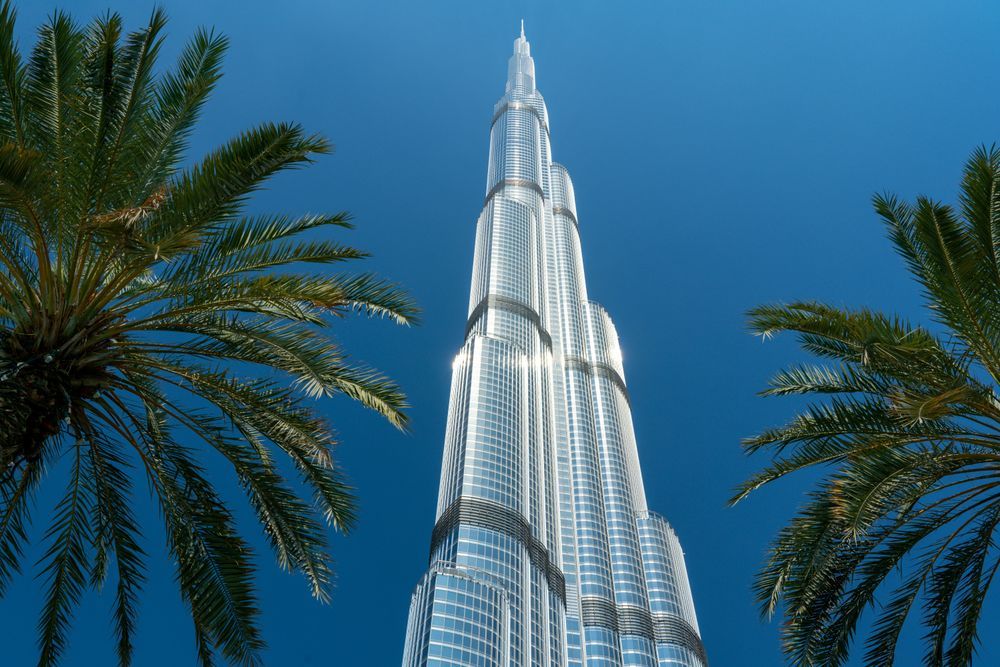
Rising majestically in Kuala Lumpur, Malaysia, Merdeka 118 stands as the second tallest building in the world at 2,227 feet. Its design reflects Malaysia’s rich cultural heritage, blending modern architecture with traditional aesthetics. Inaugurated in 2023, it features two observation decks, the highest in the spire, offering breathtaking city views.
Merdeka 118 is not just about height; it is a beacon of sustainability, having achieved a triple-platinum international sustainability certification. Encompassing around 400,000 square meters of usable space, it includes the luxurious J Hotel on the 120th floor, the world’s highest hotel.
This skyscraper also serves as a symbol of Malaysia’s progress and ambition, drawing visitors from around the globe to its impressive heights and sustainable design. Merdeka 118 embodies the future of skyscraper construction, integrating height, design, and sustainability, much like the Petronas Towers.
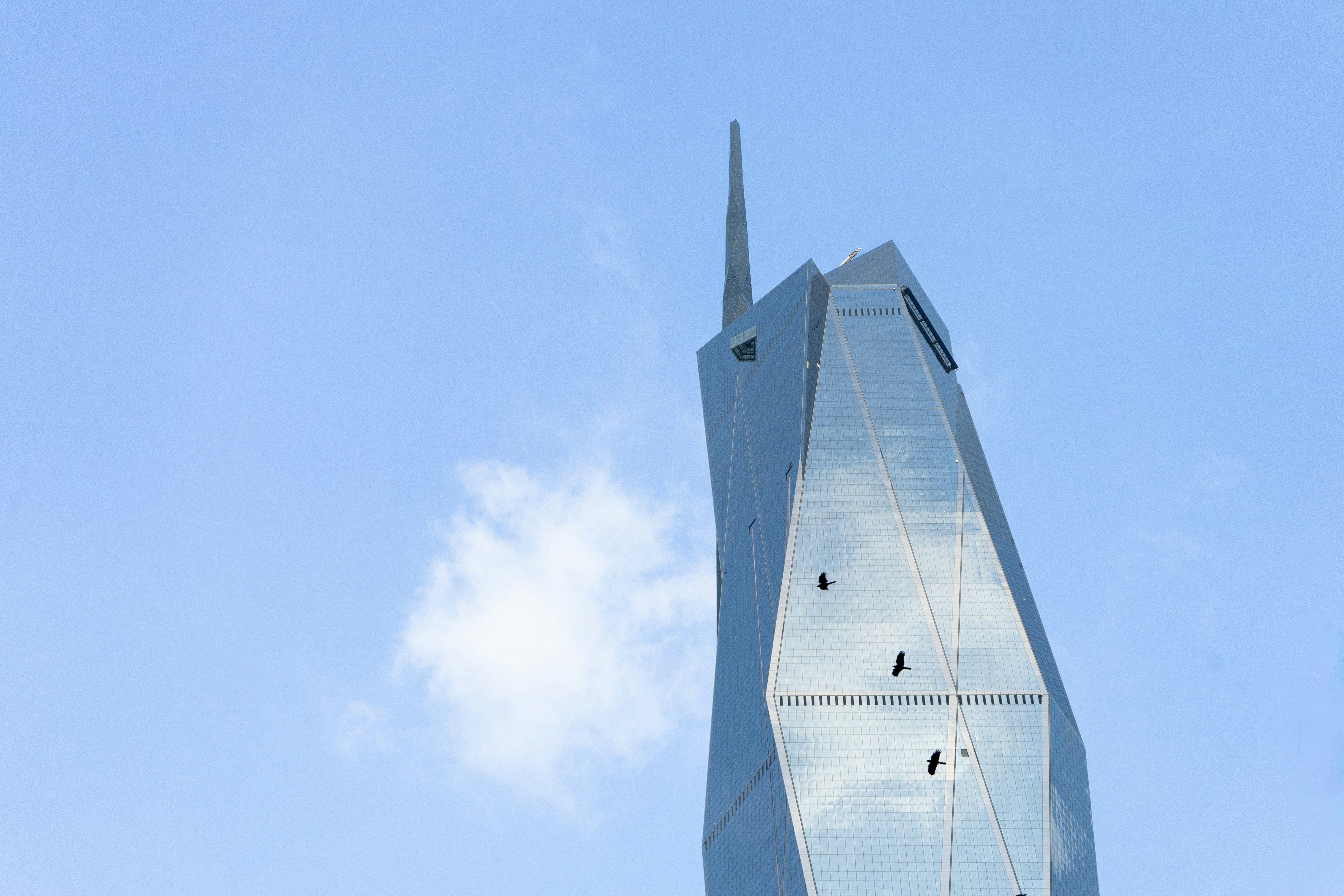
Standing tall at 2,073 feet, the Shanghai Tower is a pinnacle of modern architecture and China’s tallest building. This marvel of engineering was once the tallest in the world by architectural height until Merdeka 118 surpassed it. The Shanghai Tower’s innovative design includes nine stacked cylindrical sections, each with its own atrium featuring gardens and retail spaces, creating a vertical city within a city.
The Shanghai Tower’s 120-degree twist minimizes wind loads and enhances structural stability. The tower also boasts the tallest elevator in the world, traveling at an astonishing speed of 49 miles per hour, swiftly transporting visitors to its observation decks.
Designed to accommodate up to 16,000 visitors each day, the Shanghai Tower stands as a testament to China’s rapid urbanization and architectural prowess. Its unique design and innovative features make it a must-see landmark for anyone visiting Shanghai.
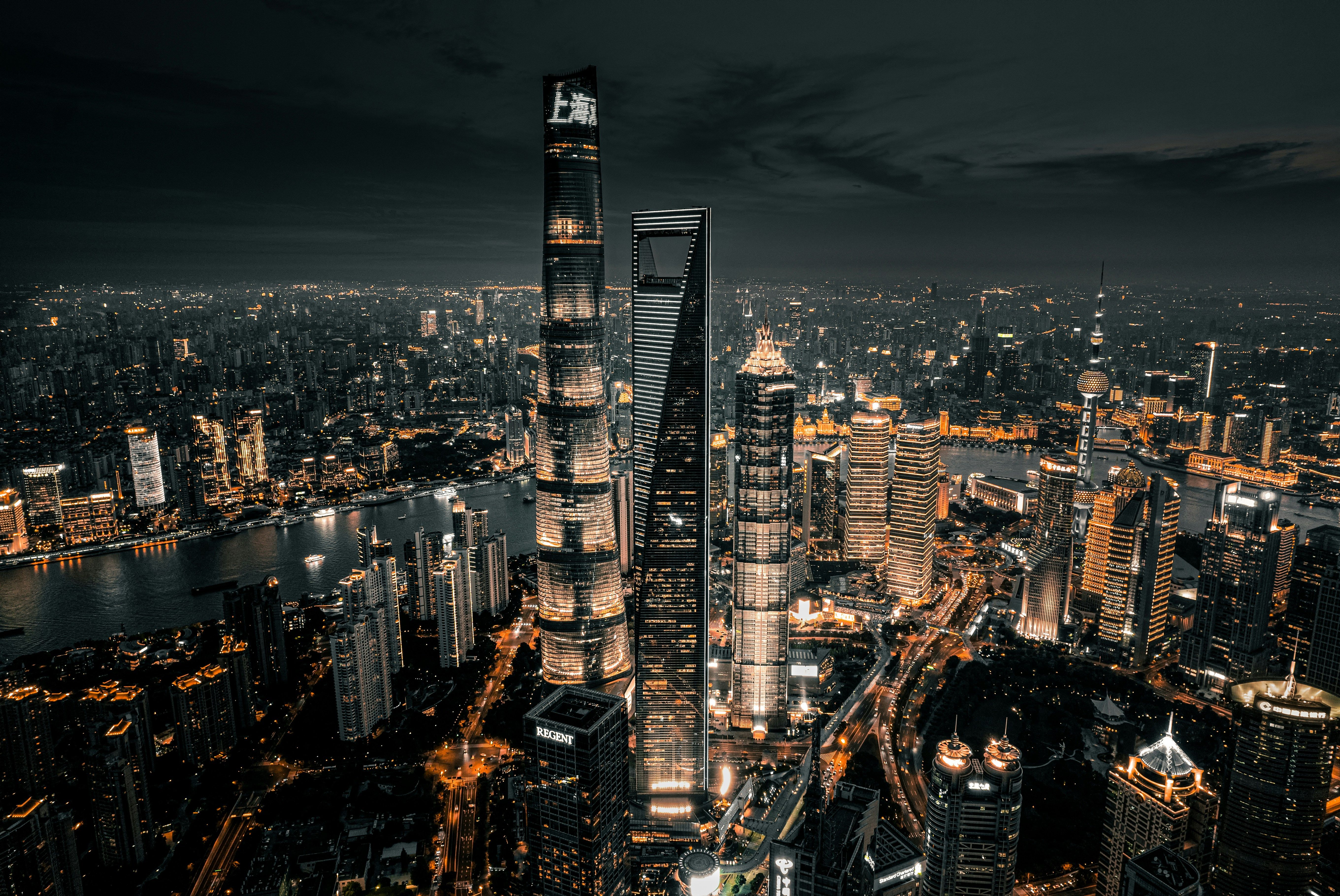
Standing at 1,972 feet, the Makkah Royal Clock Tower is a significant landmark in Mecca. Completed in 2012 at a cost exceeding $15 billion, this clock tower is the tallest of its kind in the world and serves as a crucial hub for millions of pilgrims each year.
Housing a luxury hotel operated by Fairmont Hotels and a shopping center, the Makkah Royal Clock Tower enhances the city’s skyline and provides essential services to visitors. Its 120 stories offer a blend of functionality and cultural importance, making it a vital part of Mecca’s urban landscape.
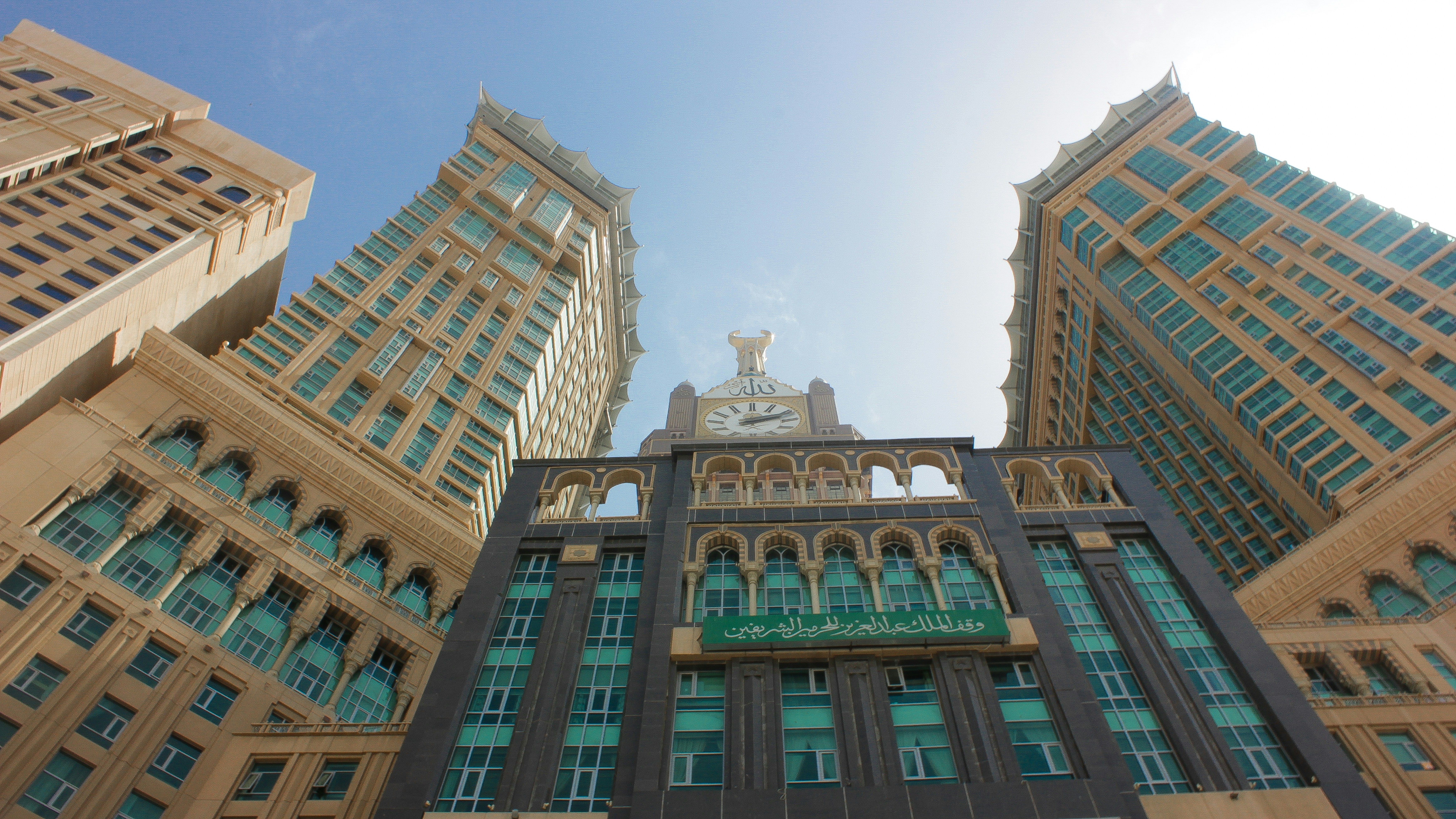
Shenzhen’s Ping An Finance Centre stands tall at 1,965 feet and features 115 aboveground floors, completed in 2017. Serving as the headquarters for the Ping An Insurance Company, it includes office floors, a conference center, and retail establishments.
Its LED façade enhances its sleek and modern appearance. The Ping An Finance Center Shenzhen represents Shenzhen’s rapid growth and economic prowess.
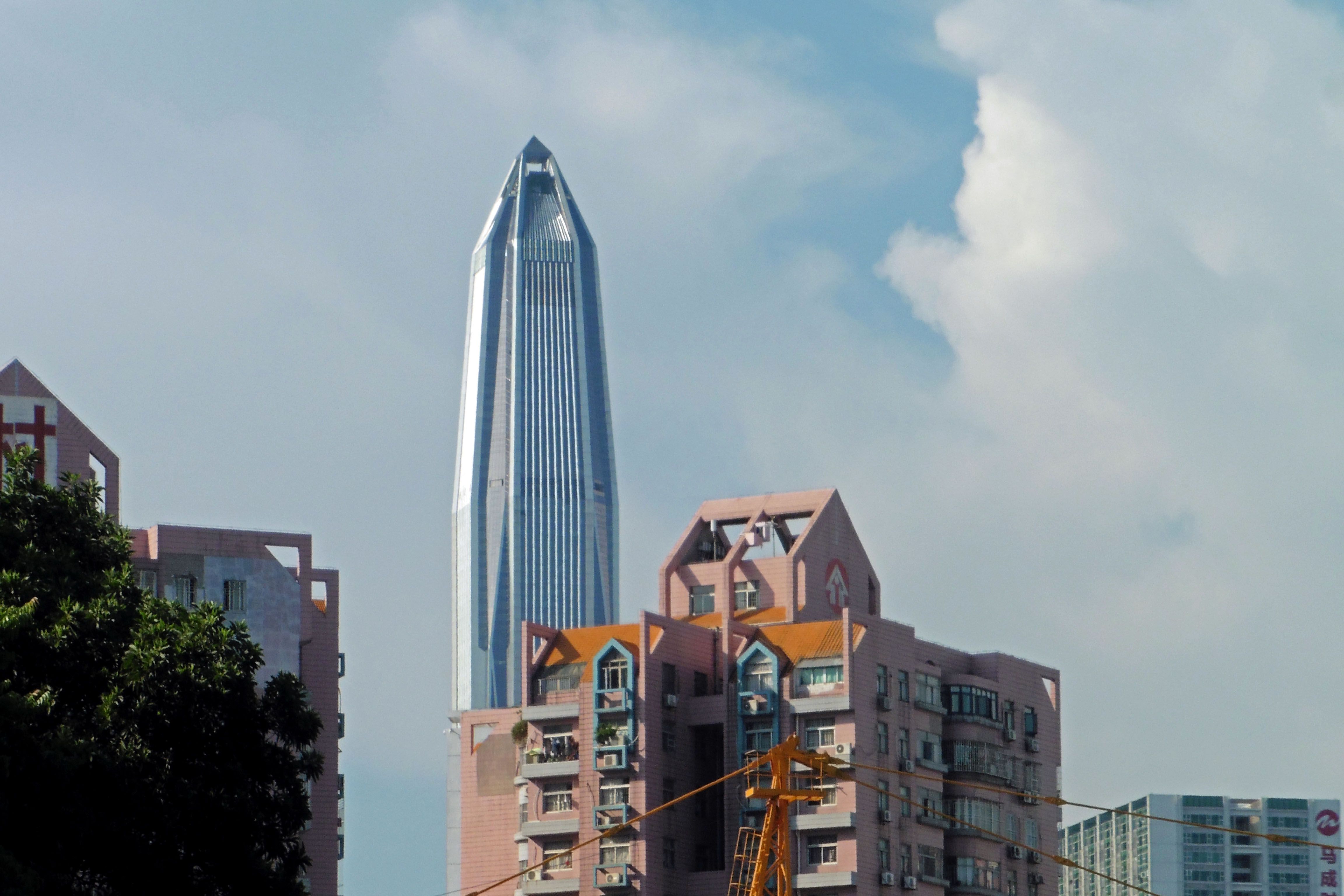
Standing at 1,819 feet, the Lotte World Tower in Seoul is South Korea and a marvel of modern architecture. Completed in 2017, this skyscraper features an indoor theme park, multiple theaters, an outdoor park, and a Korean folk museum, attracting approximately 13 million visitors each year.
Lotte World Tower testifies to South Korea’s architectural innovation and cultural heritage, blending entertainment, retail, and cultural experiences.
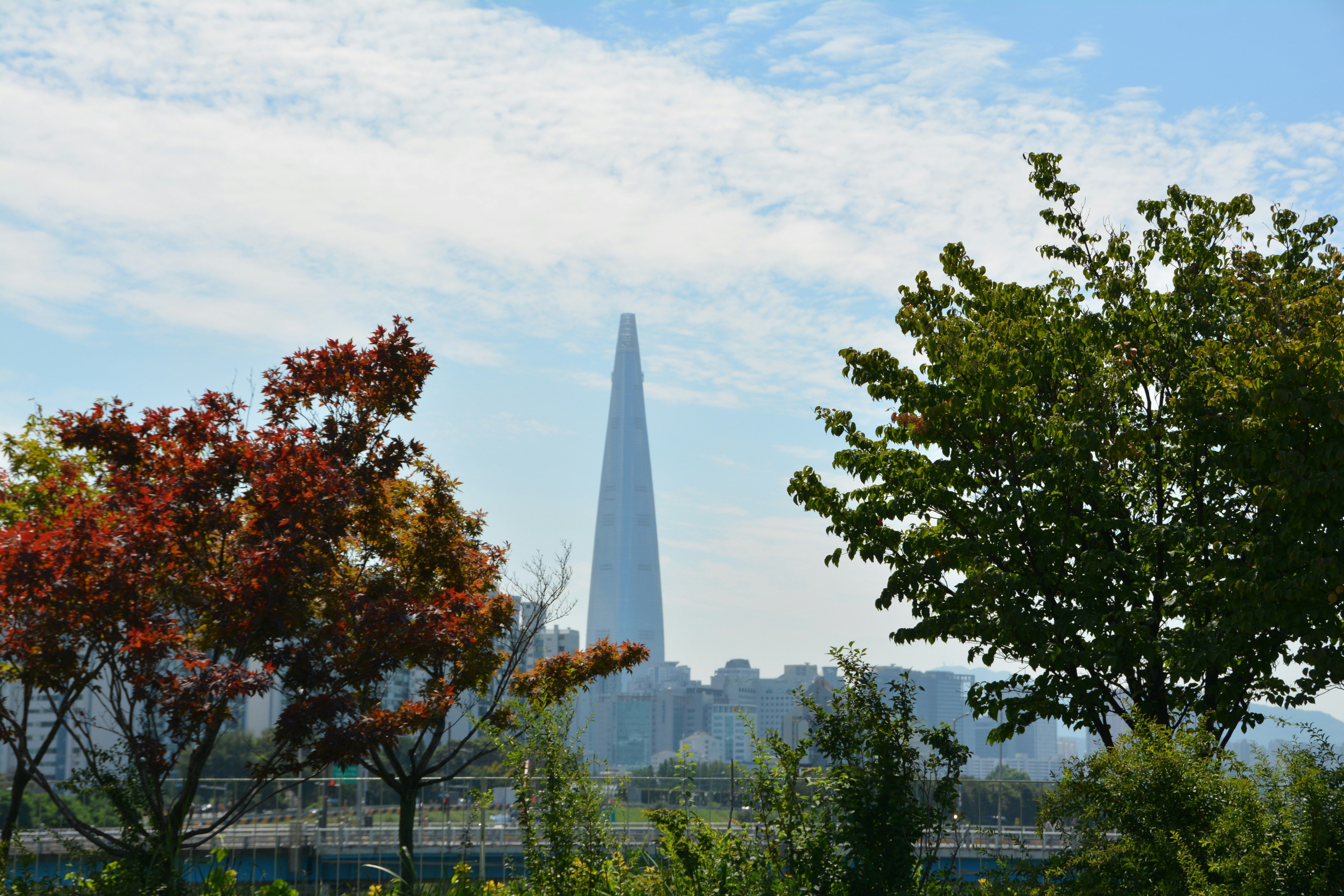
One World Trade Center, standing at 1,776 feet, is not just a skyscraper but a symbol of resilience and hope for New York City. Constructed as a tribute to the resilience of New Yorkers after the September 11 attacks, it embodies renewal and remembrance of the twin towers.
With 3 million square feet of office space, an observatory, and the National September 11 Memorial & Museum, One World Trade Center symbolizes resilience and provides vital office and community services.
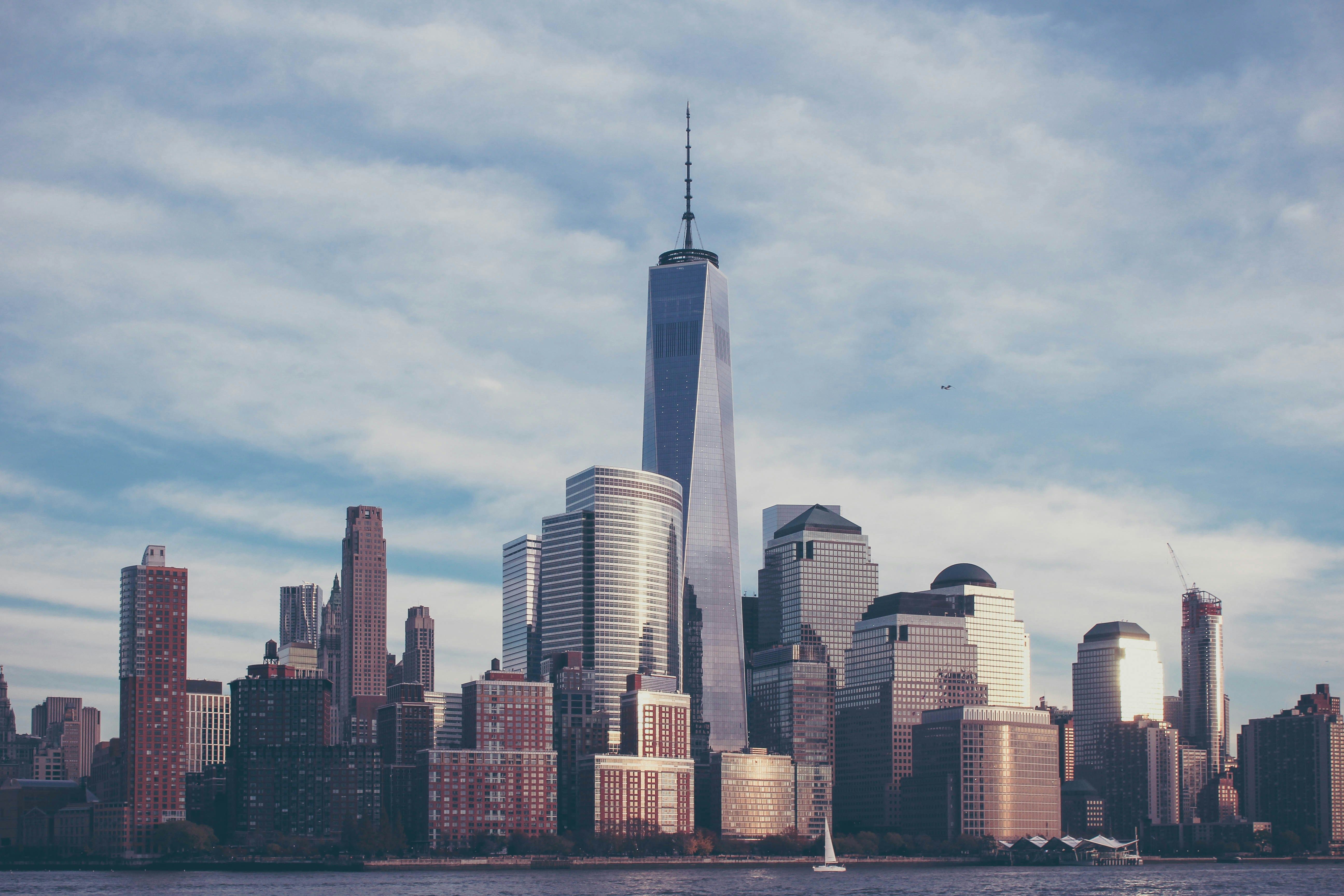
The engineering behind the world’s tallest buildings is extraordinary. Skyscrapers rely on steel frameworks for their strength and flexibility, allowing them to reach incredible heights while withstanding various forces. Reinforced concrete and deep foundations ensure stability, supporting the substantial weight and resisting lateral forces from wind and earthquakes. Prefabrication and other modern methods enhance efficiency and reduce construction time, enabling taller and faster build. Innovations like the Burj Khalifa’s buttressed core and the Shanghai Tower’s twisted structure have significantly improved strength-to-weight ratios and wind resistance.
Advancements in engineering continue to push the boundaries of skyscraper construction, allowing us to reach new heights and create tall structures that are not only taller but also more resilient and efficient, earning the title of modern engineers buildings taller spires towers marvels. That is why it is worth admiring skyscrapers such as the Burj Khalifa, but also other interesting attractions in Dubai, a city known for its skyscrapers.
Modern skyscraper design prioritizes energy efficiency, minimizing environmental impact and operational costs. Smart HVAC systems optimize energy usage using real-time data, keeping buildings comfortable while conserving energy. LED lighting and energy-efficient windows regulate internal temperature and reduce reliance on artificial light, enhancing energy efficiency. Advanced materials like self-healing concrete, aerogels, and carbon fiber make buildings lighter, stronger, and more eco-friendly. The Shanghai Tower’s double-layered glass facade and the Burj Khalifa’s cladding system exemplify how innovative material can reduce energy consumption.
Renewable energy sources like solar and wind power also contribute to making skyscrapers more sustainable. Modern skyscrapers are designed not only to reach new heights but also to set new standards in energy efficiency and sustainability.
The highly anticipated Jeddah Tower is set to surpass the Burj Khalifa, reaching an astounding total height of at least 3,308 feet. Construction began in 2013, with completion expected by 2028, marking a new era in skyscraper construction.
Jeddah Tower will include residential, office, retail, and hotel spaces, making it a multifunctional marvel. As the next record-breaker, it will not only redefine the skyline but also push the boundaries of architectural and engineering innovation.
Skyscrapers profoundly impact urban environments, increasing density by providing more housing and office space in limited land areas. By attracting businesses and investments, tall buildings and urban environments are defined to transform cities into bustling economic hubs.
However, skyscraper development also poses challenges like increased traffic congestion and urban heat islands. Well-designed skyscrapers enhance aesthetic appeal and encourage community interaction through public spaces, but may also displace existing communities, raising social equity concerns.
Cities can mitigate these effects by promoting public transportation, walkability, and inclusive zoning laws, ensuring skyscraper projects benefit the broader community. The impact of skyscrapers on urban environments is complex, but with thoughtful planning, their benefits can outweigh the challenges.
Constructing the world’s tallest buildings requires advanced techniques, including:
Cranes and rigging systems, essential for lifting heavy materials, enable efficient skyscraper construction. Innovative methods like prefabrication and advanced materials enhance construction efficiency and reduce environmental impact.
The Burj Khalifa’s central core design optimizes vertical transportation and structural stability, showcasing how innovative techniques lead to extraordinary architectural achievements.
China leads in skyscraper construction, housing nearly half of the world’s tallest buildings. Rapid urbanization and economic growth in China have fueled a skyscraper construction boom, with many tallest structures built in the last decade.
Other countries also contribute to the skyline, with buildings over 300 meters in height and building height found in 25 nations, and four countries boasting structures over 600 meters. This global trend highlights the growing ambition and capability in skyscraper construction worldwide, as reflected in the world’s tallest buildings list.
The journey through the world’s tallest buildings reveals a fascinating blend of architectural innovation, engineering marvels, and cultural significance. From the iconic Burj Khalifa to the anticipated Jeddah Tower, each skyscraper tells a unique story of human ambition and progress.
As we continue to push the boundaries of height and design, skyscrapers will undoubtedly play a crucial role in shaping our cities and our future. These towering structures stand as monuments to what humanity can achieve, inspiring us to reach new heights in all our endeavors. If you want to stay in one of Dubai's impressive skyscrapers, book accommodation in Dubai in private apartments up to the 77th floor or take advantage of a package deal for a trip to Dubai, saving on attractions and accommodation in one package.
The Burj Khalifa in Dubai, at 2,716 feet, is currently the world's tallest building.
The Burj Khalifa was officially completed in 2010.
The Jeddah Tower, anticipated for completion by 2028, is projected to exceed the height of the Burj Khalifa at a minimum of 3,308 feet.
Merdeka 118 is unique due to its status as the second tallest building in the world and its design that embodies Malaysia's cultural heritage, alongside achieving a triple-platinum international sustainability certification.
Modern skyscrapers achieve energy efficiency by integrating smart HVAC systems, energy-efficient windows, advanced materials, and renewable energy sources. These elements collectively reduce energy consumption and promote sustainability.
See other news

30/07/2025
Sri Lanka to waive visas for citizens of 40 countries

30/07/2025
Ryanair to launch new routes from Modlin
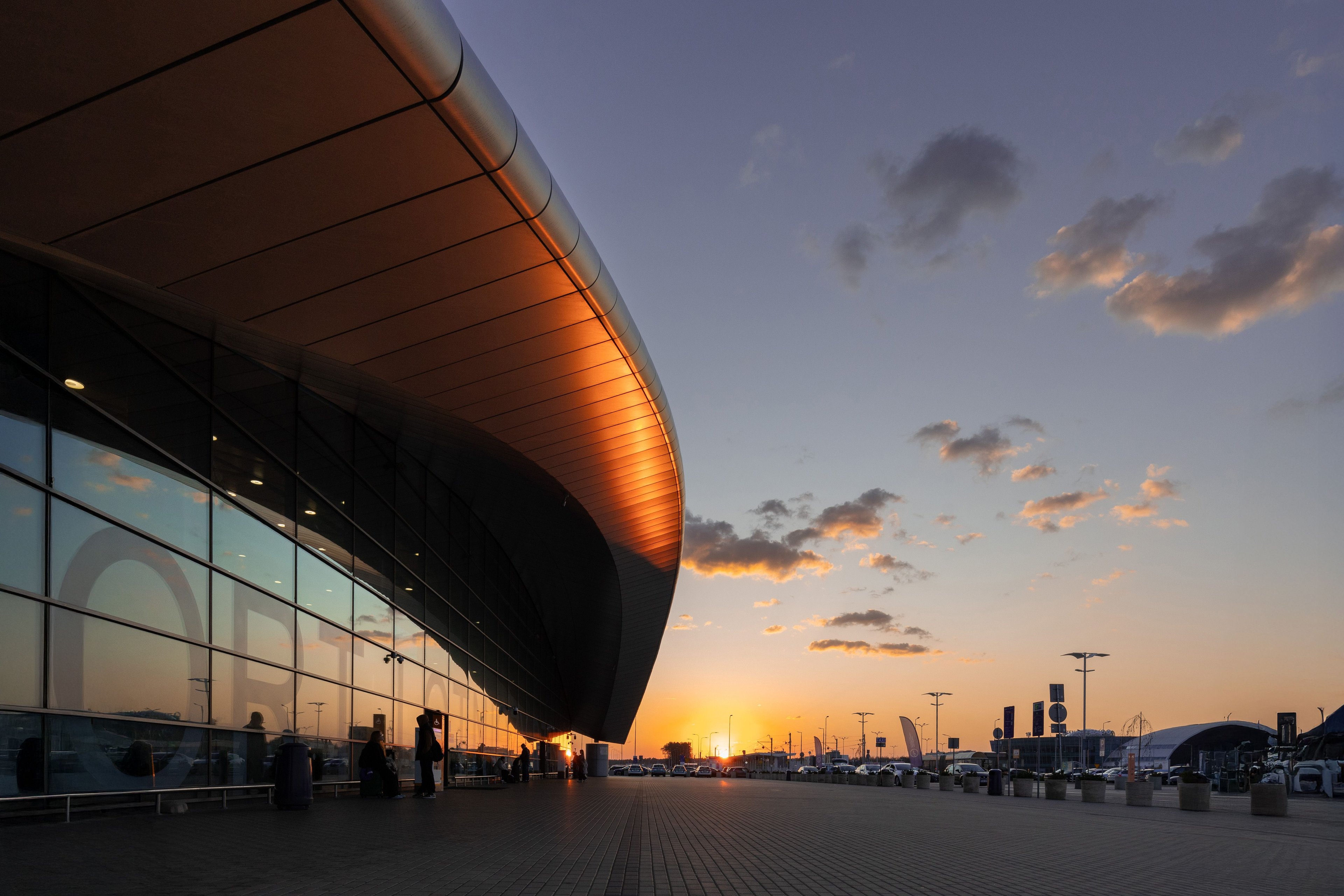
30/07/2025
Even more convenient, faster, and more comfortable from Rzeszow-Jasionka Airport
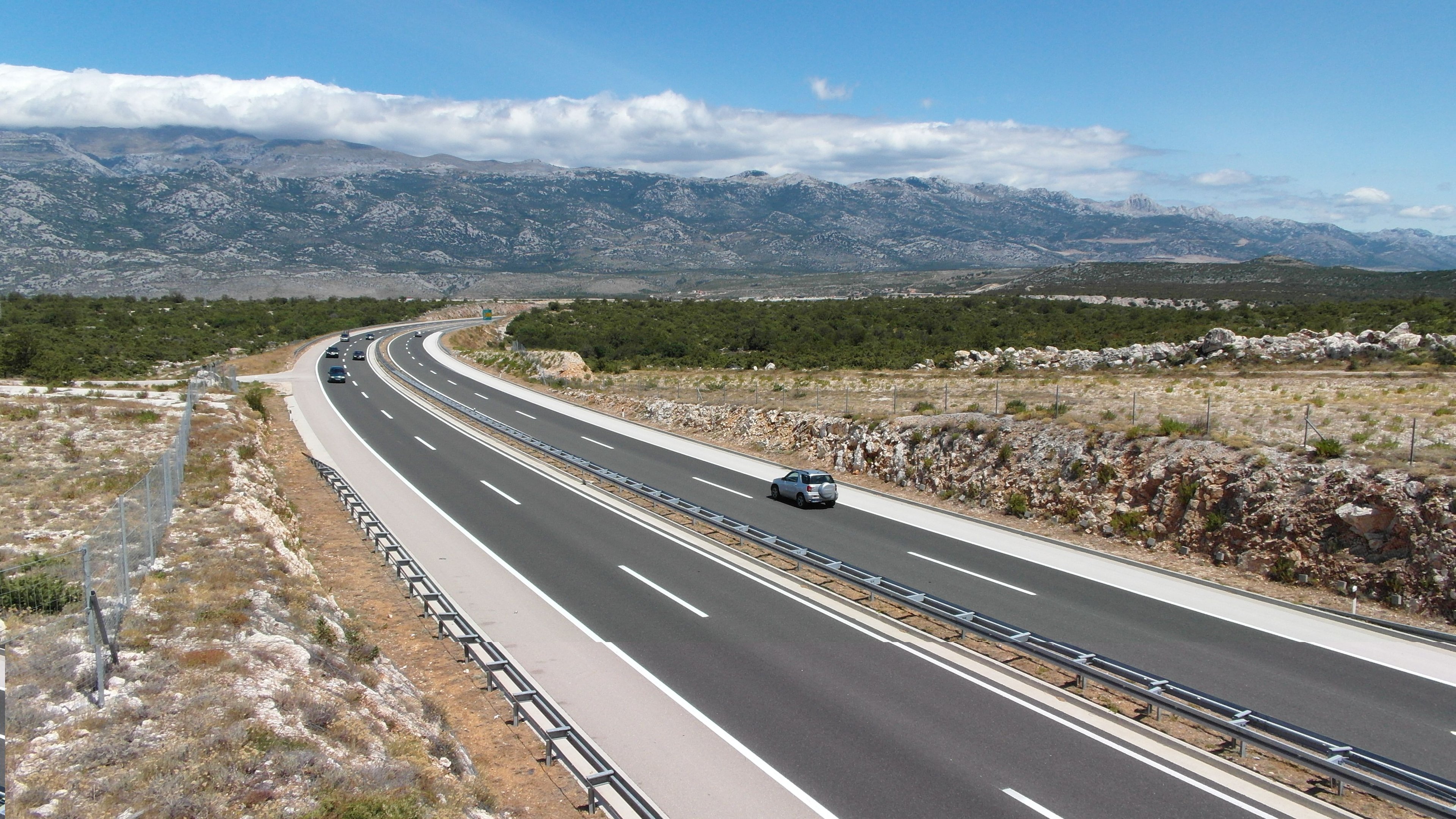
29/07/2025
Croatia to introduce vignettes on highways from 2026

29/07/2025
The Tallest Building in the World: The Ultimate Guide to Record-breaking Skyscrapers
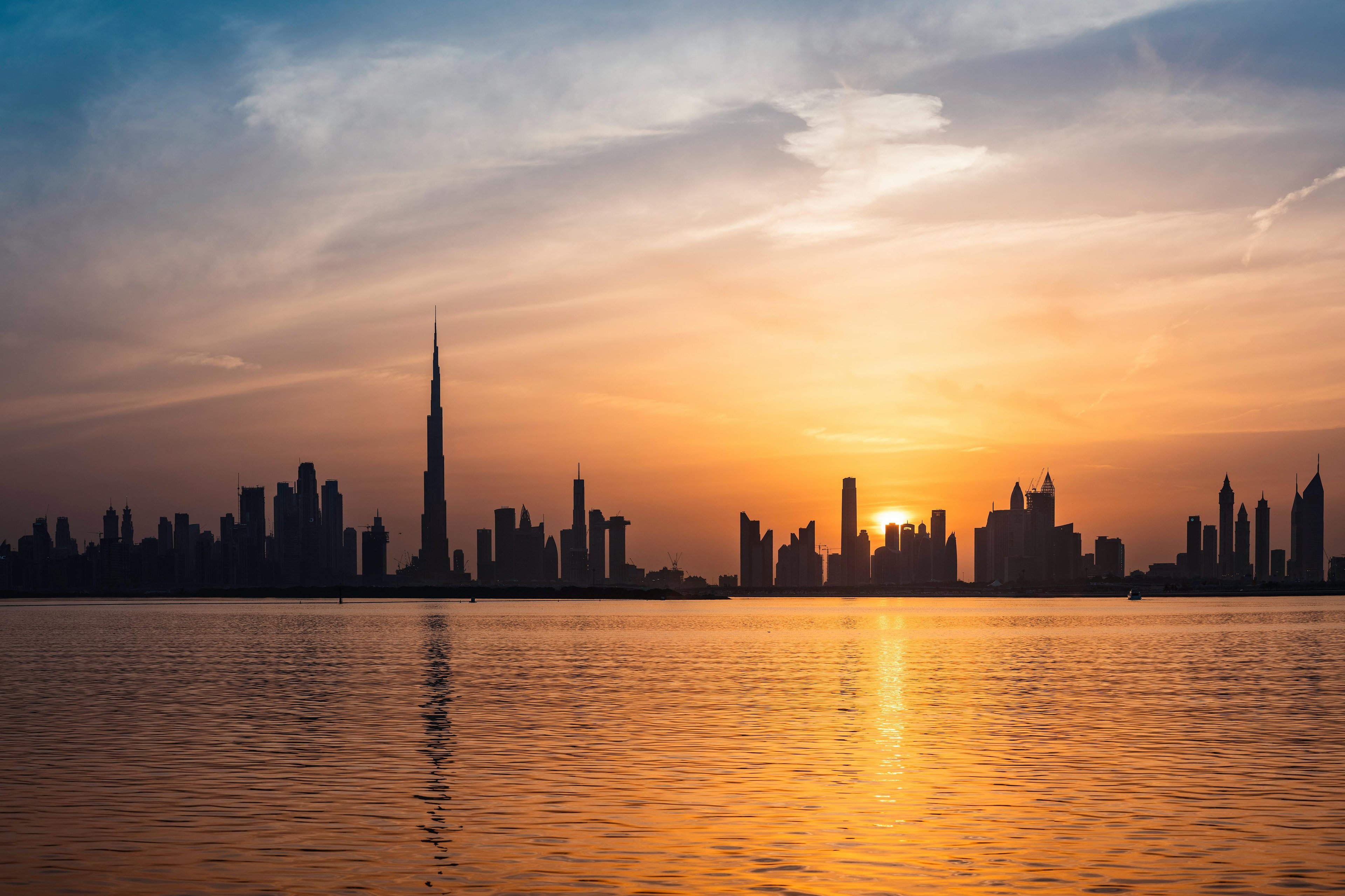
29/07/2025
What Is Dubai Known For? Top Facts and Attractions
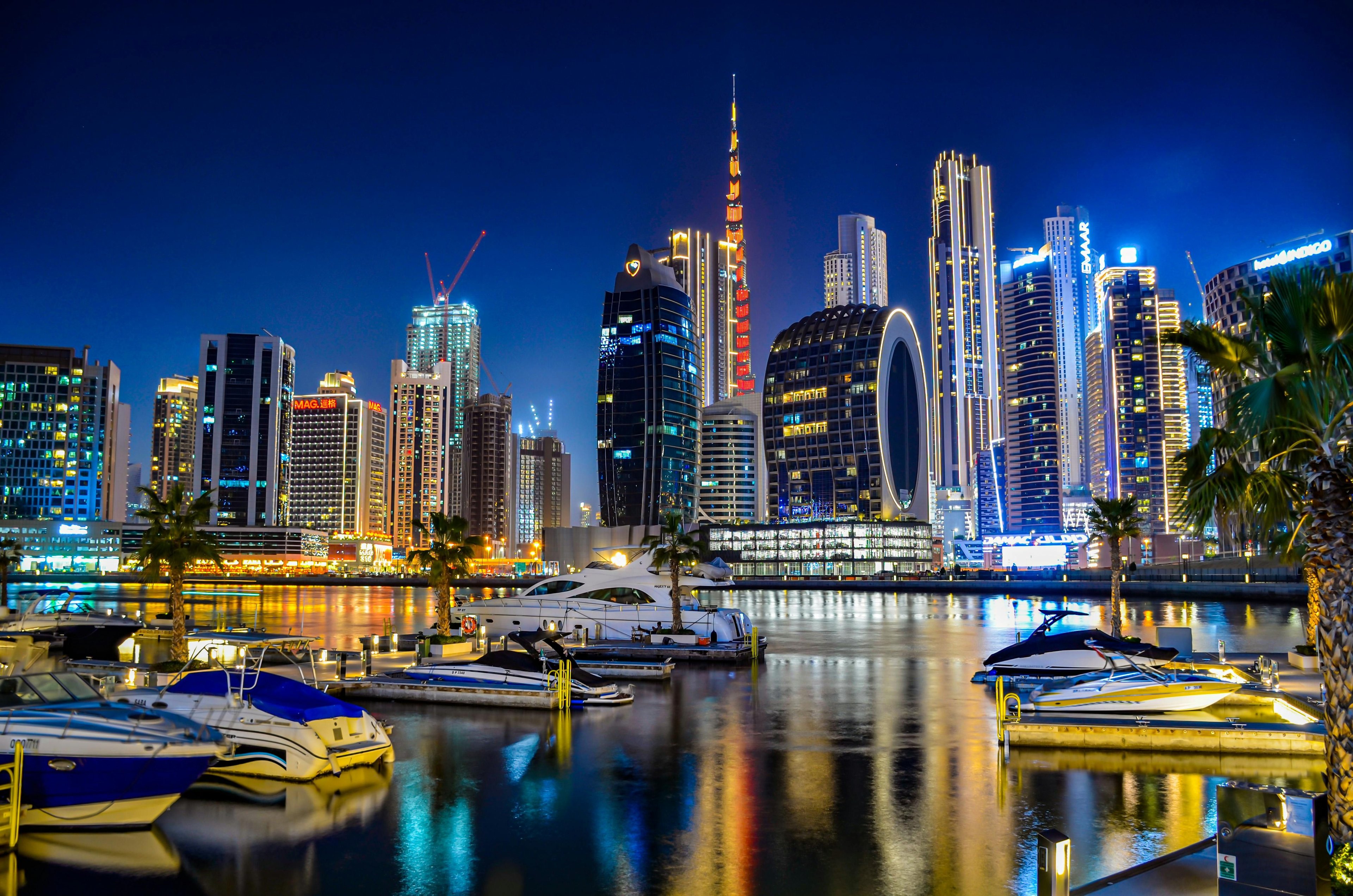
29/07/2025
Things to Do in Dubai: Your Ultimate Guide to the City’s Top Attractions

27/07/2025
No more ATM commissions in Greece from August

27/07/2025
How to Negotiate Prices in Dubai: A Guide to Local Shopping Habits
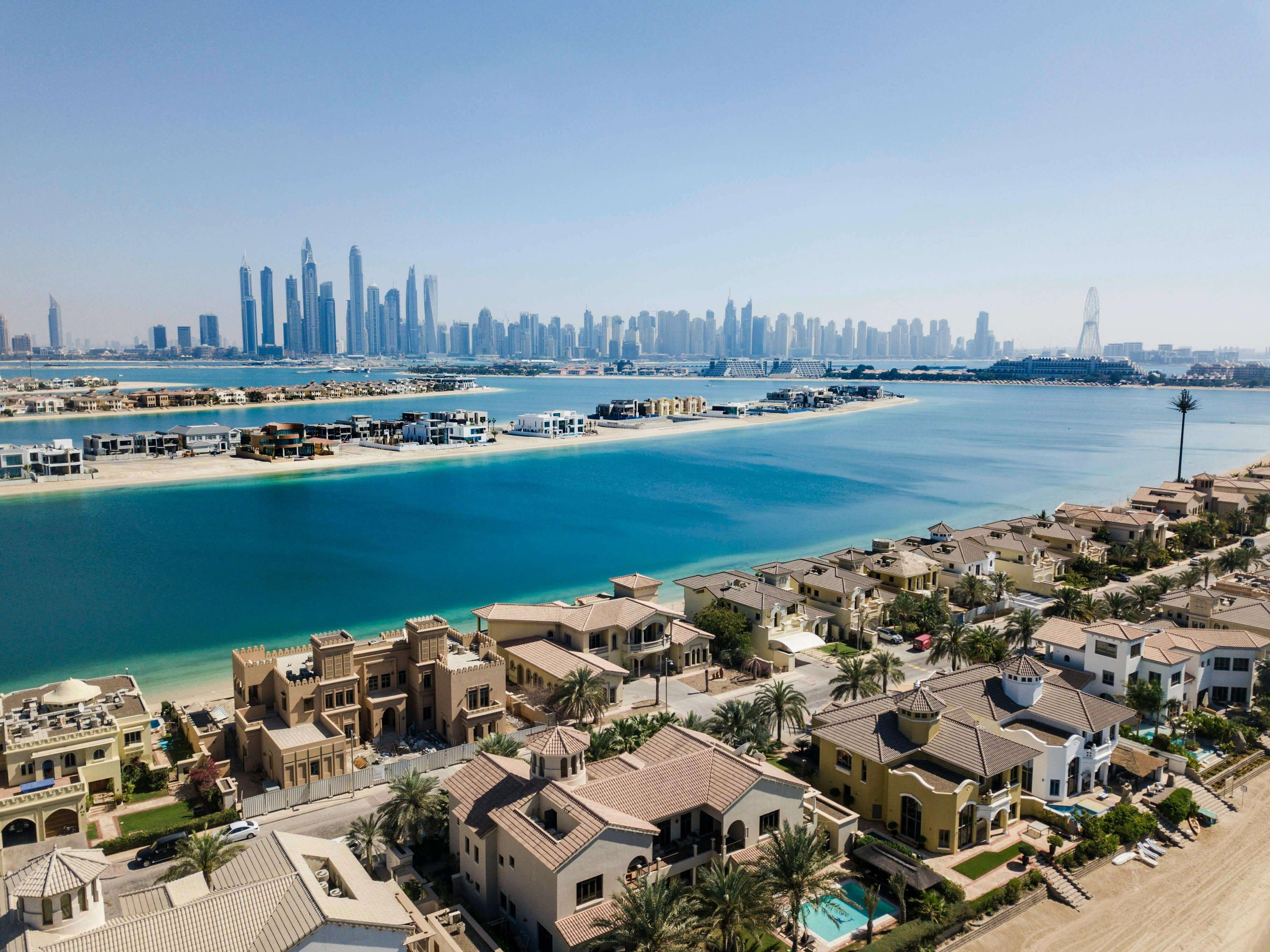
27/07/2025
Accommodation in Dubai at Palm Jumeirah - heavenly views and villas